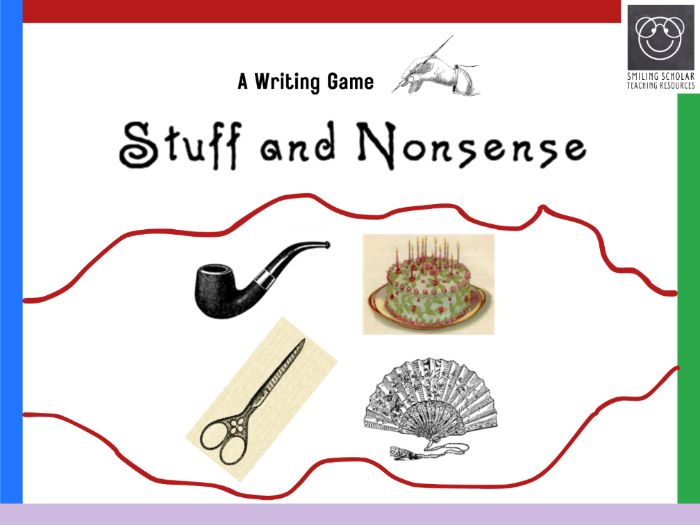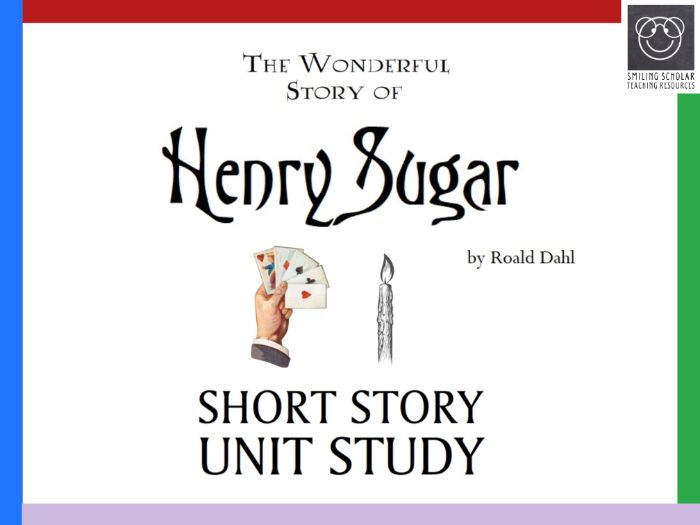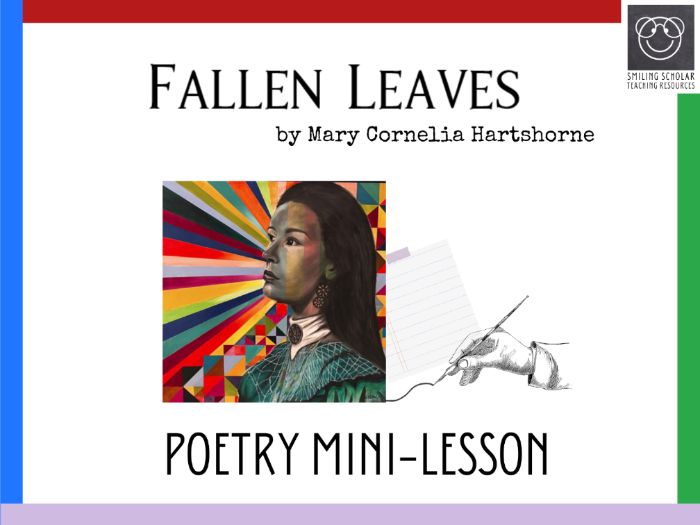Smiling Scholar Teaching Resources
Hello! The resources here are suitable for students in classrooms, working one-on-one with tutors, or working with the help of a parent at home. They are simple, easy-to-use, printable PDF files. We hope you find something you like!
























